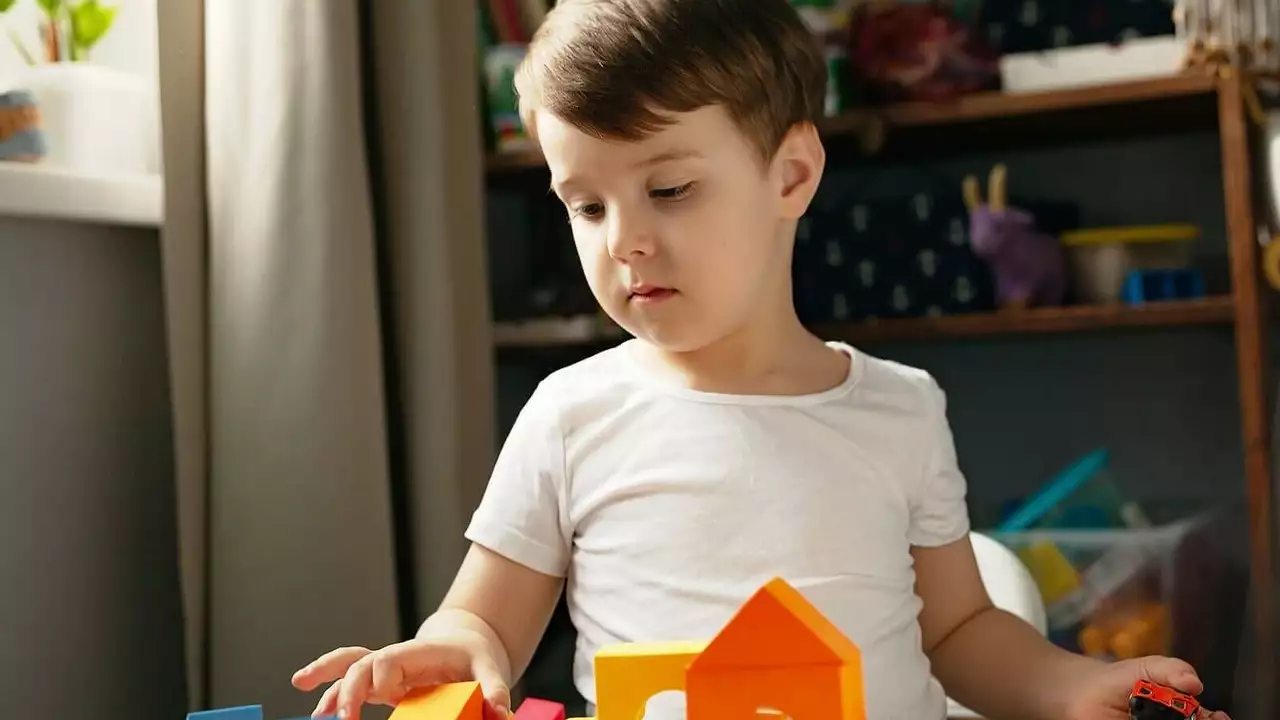Child Safety and Fun: What Every Parent Needs to Know
Ever wonder how to let your kid enjoy games and gadgets without the stress? You’re not alone. Parents today juggle screen time, sports, school, and the endless stream of new tech. The good news is that a few simple habits can make a big difference. Below are real‑world tips you can start using right now.
Keeping Kids Safe While Gaming
First off, let’s talk about video games. A common fear is that an “M‑rated” title could harm a child. The short answer: no, a game won’t cause physical danger. What can happen is stress, loss of sleep, or exposure to mature themes. Here’s how you can keep the experience healthy:
- Set clear limits. Decide on a daily or weekly hour cap and stick to it. Use the console’s built‑in parental controls to enforce the limit.
- Know the rating. Look up the ESRB or PEGI rating before buying. If a game is rated “M,” it’s meant for ages 17+, so it’s best to choose an age‑appropriate alternative.
- Play together. Sit with your child during the first few sessions. You’ll see what the game looks like and can talk about any confusing or scary parts.
- Encourage breaks. A quick stretch or a snack every 30 minutes helps keep the mind fresh and reduces eye strain.
Remember, the goal isn’t to ban fun, but to make sure it stays fun.
Tech and Trends Shaping Children’s World
Technology isn’t just games. From tablets that help kids learn to wearables that track activity, the tools available today can boost development when used wisely.
Educational apps. Look for apps that teach reading, math, or coding in bite‑size lessons. Many free options exist; just check the reviews and ensure there are no hidden ads.
Screen‑free zones. Designate a part of the house—like the dinner table or bedroom—as a no‑screen area. This simple rule encourages conversation and better sleep.
Physical activity trackers. Kids love gadgets that light up or give points. Choose a simple tracker that rewards steps, then celebrate milestones together with a family hike or a bike ride.
Digital detox days. Pick one day a month where the whole family puts devices away. Use the time for board games, cooking, or outdoor play. The break helps reset habits and shows kids they can have fun without screens.
All these ideas are about balance. You don’t need to eliminate technology—just guide its use so it supports growth instead of distraction.
Wrapping it up, the best approach is a mix of clear boundaries, active involvement, and smart choices about the tools you let your child use. Start small, be consistent, and watch confidence grow. Your child will thank you with fewer meltdowns, better focus, and a healthier relationship with the digital world.

In my recent exploration, I've discovered that, yes, our kids can actually learn maths on Xbox! Educational games like Minecraft: Education Edition are brilliant tools on the Xbox platform that enhance learning experiences, including maths. It makes learning fun and interactive, helping kids grasp complex mathematical concepts more easily. Plus, these games also improve critical thinking and problem-solving skills. So, parents, an Xbox isn't just for entertainment; it can also be a pretty cool teaching tool!




